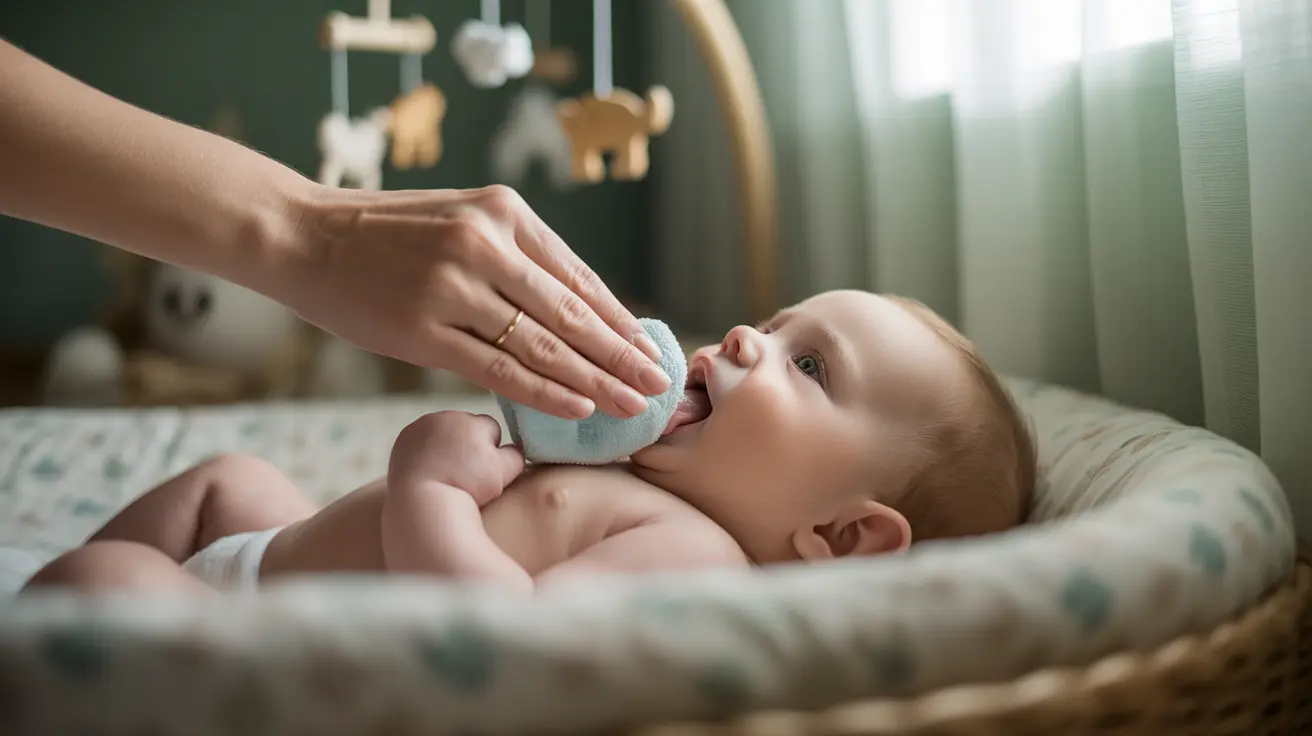Maintaining your baby's oral hygiene from an early age is crucial for their health and well-being. Learning how to clean your baby's tongue properly can prevent bacteria buildup, reduce the risk of oral thrush, and establish good dental habits early in life. This comprehensive guide will walk you through safe and effective methods for keeping your baby's mouth clean and healthy.
Understanding the Importance of Baby Oral Care
Regular tongue cleaning helps remove milk residue, bacteria, and food particles that can accumulate on your baby's tongue. This practice not only promotes better oral health but also helps prevent bad breath and maintains proper feeding habits. Starting oral care early creates a foundation for lifelong dental hygiene.
When to Start Cleaning Your Baby's Tongue
You can begin gentle oral care within the first few days after birth. However, the approach should be extremely gentle and appropriate for your baby's age. Always use clean hands and ensure all cleaning tools are properly sterilized before use.
Safe Cleaning Methods by Age Group
Newborns (0-3 months)
For newborns, use a clean, damp washcloth or sterile gauze wrapped around your finger. Gently wipe the tongue surface once or twice daily, preferably after feedings. The pressure should be extremely light, and the motion should be from back to front.
Infants (3-6 months)
As your baby grows, you can continue using a soft washcloth or introduce a silicon finger brush designed specifically for infant oral care. These tools are gentle on your baby's delicate mouth tissues while effectively removing milk residue.
Older Babies (6+ months)
Once your baby starts solid foods, you can transition to an infant toothbrush with extra-soft bristles. This helps clean both the tongue and emerging teeth. Always choose age-appropriate tools marked specifically for infant use.
Essential Tools and Supplies
Keep these items ready for your baby's oral care routine:
- Clean, soft washcloths
- Sterile gauze pads
- Silicon finger brushes
- Infant toothbrush (for older babies)
- Clean, warm water
Proper Cleaning Technique
Follow these steps for safe and effective tongue cleaning:
- Wash your hands thoroughly
- Position your baby securely in your arms or on a changing table
- Dampen your chosen cleaning tool with warm water
- Gently clean from back to front using light pressure
- Focus on the entire tongue surface
- Clean the inside of cheeks and gums if possible
Signs of Oral Health Issues
While cleaning your baby's tongue, watch for these potential concerns:
- White or yellowish patches that don't wipe away
- Redness or inflammation
- Unusual fussiness during feeding
- Refusing to feed
- Excessive drooling
Frequently Asked Questions
1. How do I safely clean my baby's tongue at different stages of infancy? For newborns, use a clean, damp washcloth or gauze. As they grow, transition to silicon finger brushes and eventually to an infant toothbrush, always using gentle pressure and clean water.
2. What tools are recommended for cleaning a newborn's tongue, and when should I switch to a toothbrush? Start with a soft washcloth or gauze for newborns, move to a silicon finger brush around 3-4 months, and introduce a soft infant toothbrush around 6 months or when first teeth appear.
3. How often should I clean my baby's tongue and mouth to maintain good oral hygiene? Clean your baby's tongue 1-2 times daily, ideally after feedings. Consistency is more important than frequency, so establish a regular routine that works for you and your baby.
4. What are the signs of oral thrush on a baby's tongue, and how should it be treated? Oral thrush appears as white patches that don't wipe away easily and may cause feeding discomfort. If suspected, consult your pediatrician for proper diagnosis and treatment, usually involving antifungal medication.
5. Can I use toothpaste or any special substances when cleaning my baby's tongue? No, use only clean water for tongue cleaning until your baby is old enough for toothpaste (usually around 6 months, with pediatrician approval). Avoid any cleaning solutions unless specifically prescribed by your healthcare provider.




